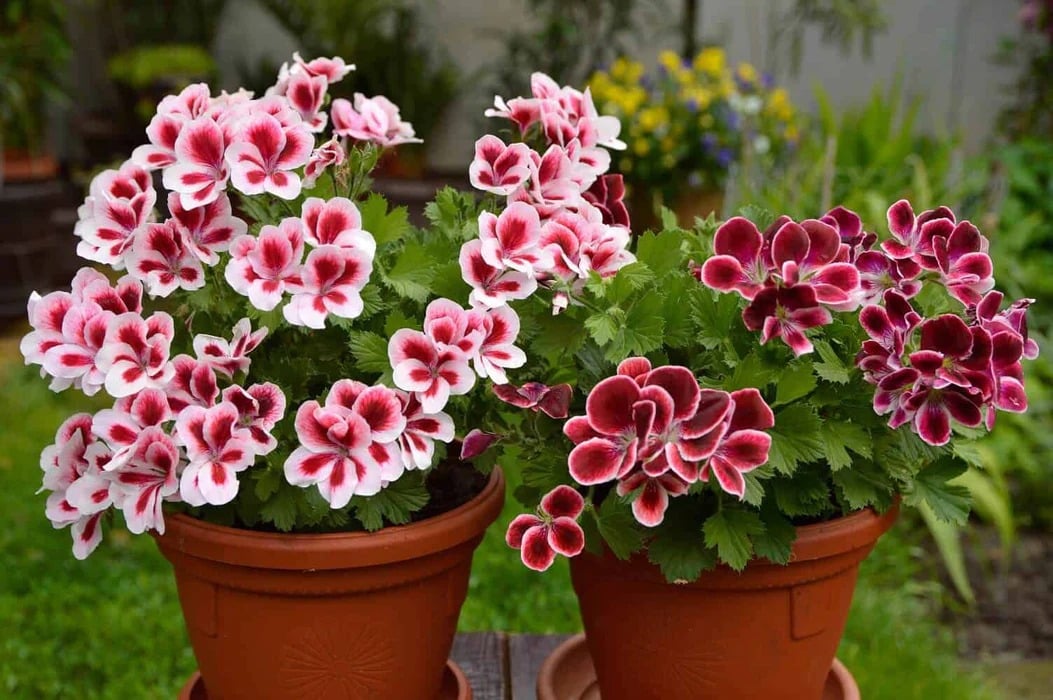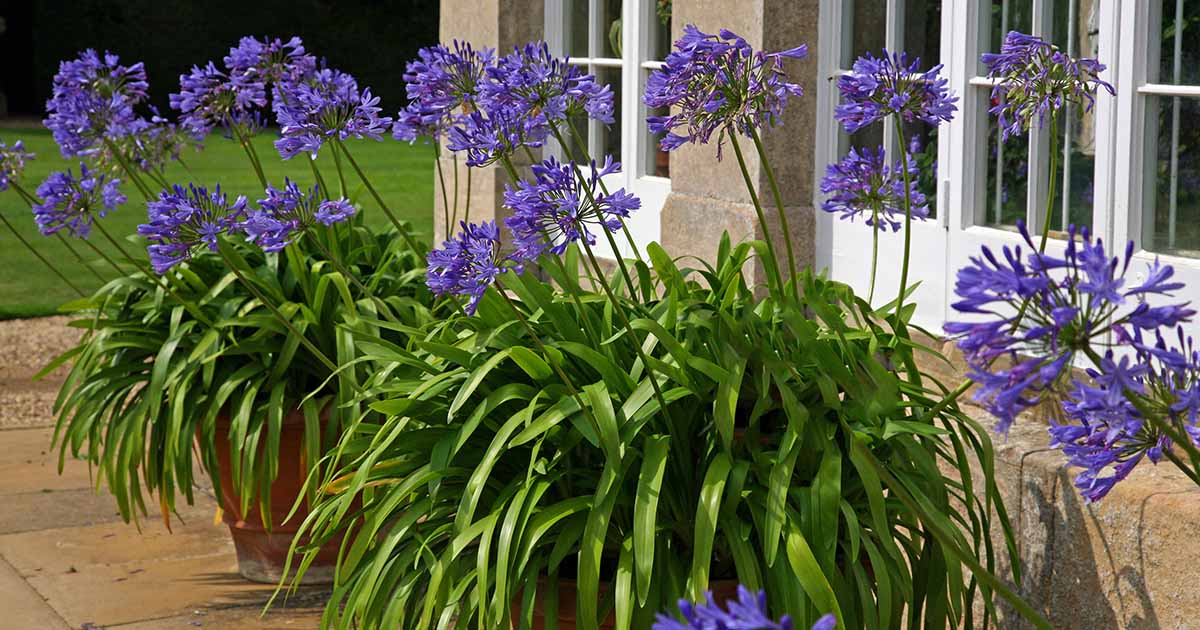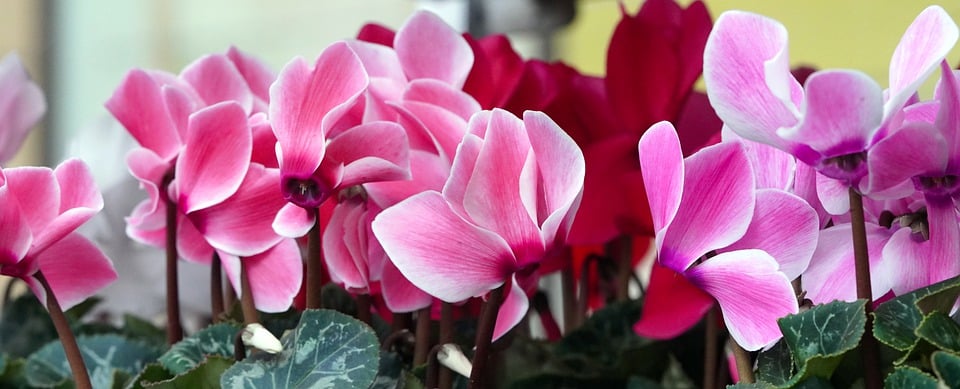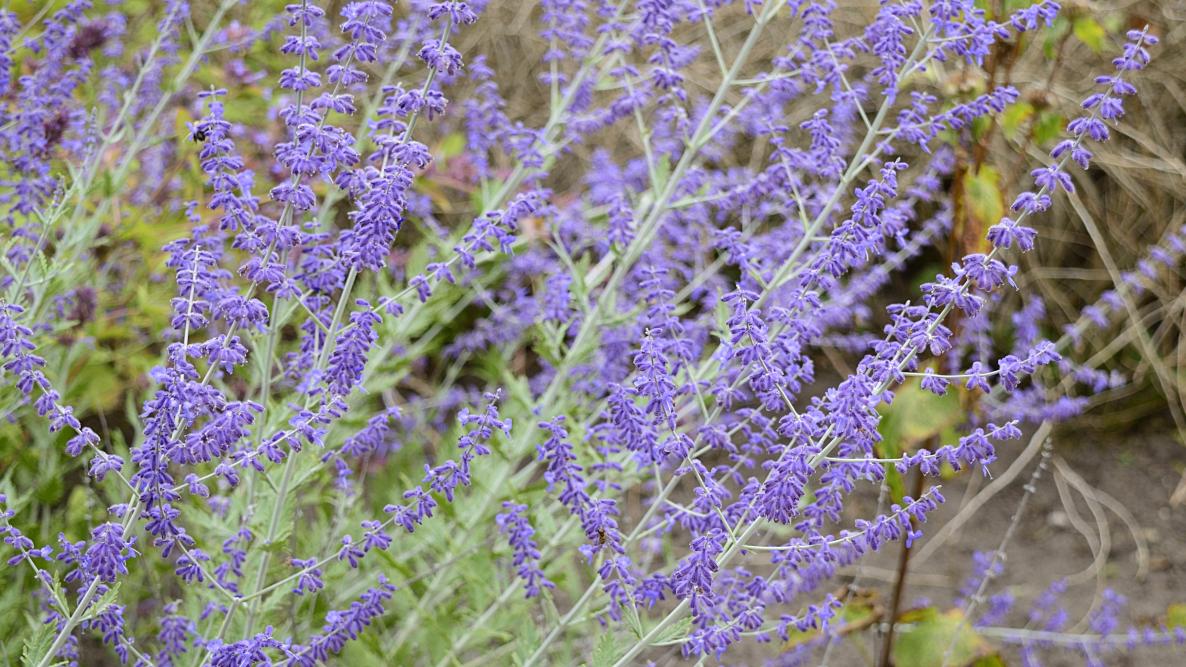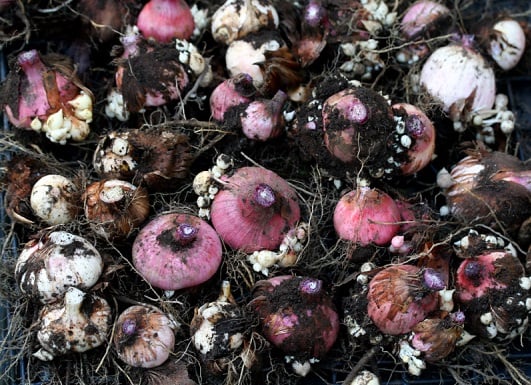A Complete Guide to Growing Buddleia from Cuttings
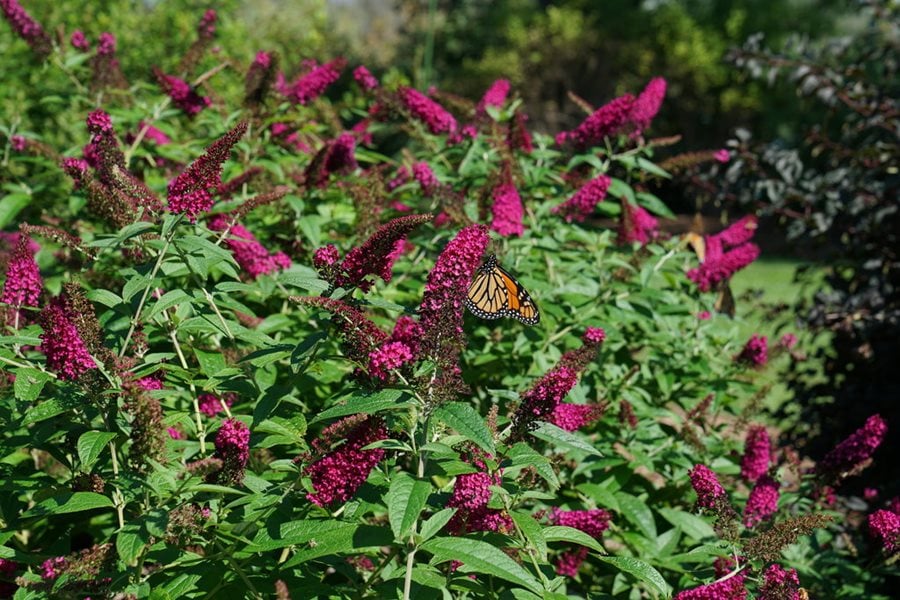
Table of Contents
Buddleia is a fascinating flowering plant that never fails to impress people who admire gardening. Commonly it is known as butterfly bush. Doesn’t its name itself suggest how beautiful it must be? This name came from the ability of its blooms to attract butterflies, bees, and other pollinators. It has more than 100 species in the form of bushes and small trees.
Buddleia is native to Asia, Africa, and America. Besides its beauty, this plant is also celebrated for its fragrance. This plant has become a popular choice among gardeners because it is so easy to grow and maintain. It has slim arching branches that are tapering towards the end. These with lance-shaped leaves are greyish green in colour, giving a silvery appeal to them.
If you want to grow the spectacular Buddleia plants, keep reading this article to know more. This guide is going to help you understand the class of buddleia.
How to Propagate Buddleja
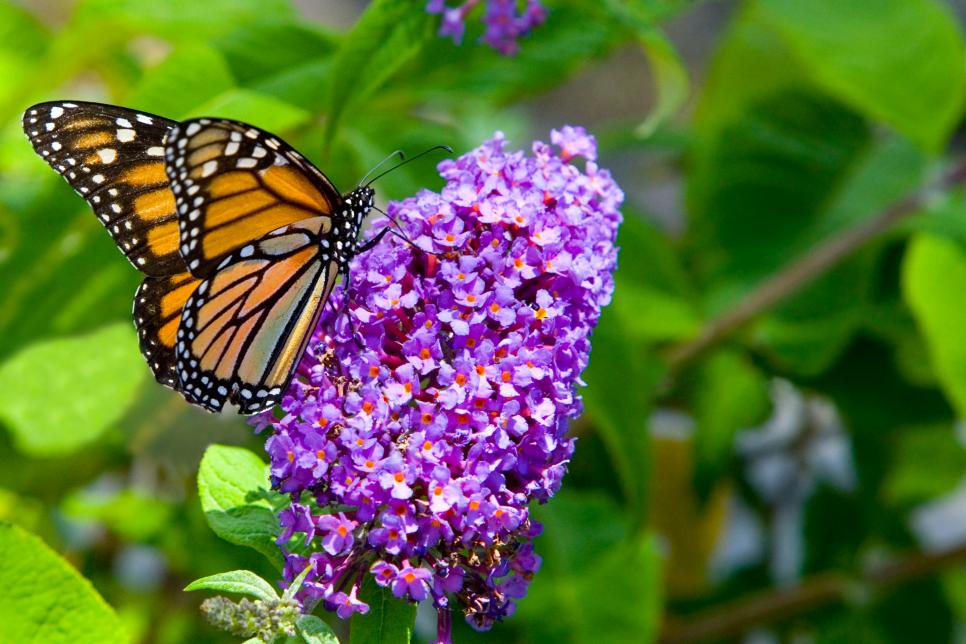
There are several methods for propagating plants, each with its own unique advantages and challenges. One common method is using seeds, which are produced by the plant but can take a long time to reach maturity. Hence this method becomes unviable for commercial purposes.
Another popular method is using cuttings. This involves taking a piece of the plant and encouraging it to grow into a new one. There are two types of buddleia cuttings: softwood and hardwood. Softwood is when the cutting is taken from the new growth before the flowering occurs. This is the most commonly used. Another method is division, which involves separating the roots of the plant. Planting these roots separately encourages new growth. This is a reliable method for producing multiple plants from a single original plant.’
One more complex but specialized method is tissue culture. This involves taking a leaf or stem pieces and placing them in a sterile environment. They are then provided with appropriate nutrients based on a defined formula. This formula is then placed in a petri dish which is put in an incubator. However, this method is not used to propagate the growth of Buddleia as it is expensive. Besides, Buddleia can be readily propagated through other simpler methods. For each method, different factors need to be considered. This includes time, cost, and success rate. By selecting the right method for specific plants, you can ensure prosperous and healthy growth. Propagation methods can also help in preserving a species and allowing them to grow continuously for generations to come.
How to Propagate Buddleia From Cuttings
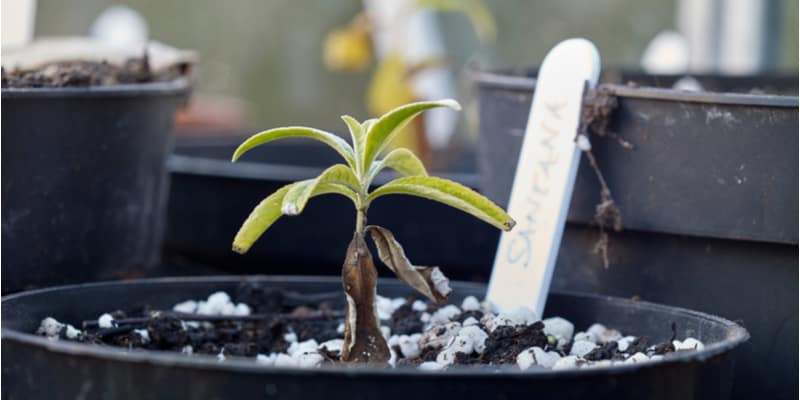
Using Buddleia cuttings is a straightforward way to cultivate this plant. Just snip off branch tips in the spring or summer. Cuttings should be at least 3 inches (7.5 cm) long. Also, the lowest leaves should be cut off. Trimming the top of the cuttings will encourage bushier plants as well. Like with most cuttings, an angled cut will improve the absorption of nutrients and facilitate the growth of roots.
What Will You Need
To propagate plants from cuttings, you will need some essential materials. These include seed or cutting compost, which can be a mix of versatile compost and grit sand in a 50/50 ratio. You may also use perlite to improve drainage and water retention, as well as rooting powder to help the cuttings develop roots. For planting, you will need small containers or trays with separate cells to ensure proper spacing and prevent competition among the plants. If you want to speed up the rooting process, you may use a propagator, although this is optional. Lastly, make sure you have a pair of sharp-edged secateurs or a knife. This will help you make clean and precise cuts on the plant material.
When to Trim Cuttings
Softwood-based cuttings are a great way to propagate plants. They tend to be more successful than cuttings with hardwood. These Buddleia cuttings should be taken in late spring or the beginning of summer. This is when the new growth is still soft and flexible. This is the reason behind calling them softwood cuttings. If you are planting to take softwood cuttings, it’s best to do so while the plant is hydrated well. That makes early morning the best time to take the cuttings. Once you have taken the cuttings, it’s important to keep them moist and prevent them from dying out.
You can place them in a plastic bag or closed container with some water. You can preserve them like this till the time you are prepared to plant them. However, ideally, you should plant them as soon as possible. It is best to plant them in less than an hour or so. By taking softwood cuttings at the right time and keeping them well-hydrated, you can increase your chances of successfully growing new plants. With a bit of patience and care, you can watch your cuttings grow into healthy and vibrant new plants. With no time, they will add beauty and diversity to your garden. You can also plant them in pretty pots to decorate indoor spaces.
How to Propagate Buddleia Using Softwood Cuttings

If you wish to propagate Buddleia cuttings, taking softwood cuttings is a simple and effective method. Here are step to step instructions that you can follow.
- Step 1: Mix 30% perlite with compost to create a cutting compost that is well-drained and promotes faster growth.
- Step 2: Take the cuttings from fresh growth with a length between 4 and 6 inches. Make sure they have no flowering buds so that the cuttings get maximum nutrient resources.
- Step 3: Starting from the top leaves, pull out all the leaves and cut the bunch of top leaves in two parts if desired. Use washed, sharp secateurs to make a clean cut just below the node. After that, insert the cutting in any rooting hormone that you prefer to use.
- Step 4: Dig a small hole in the mixture of compost and put the cutting, then water it thoroughly. Buddleias need proper drainage to thrive, so make sure the soil drains well.
- Step 5: Choose whether to put some cuttings in one container or lay them out in the cells of the tray you are using.
- Step 6: If you are using a propagator, utilize it to fasten the process of rooting. If not, put some cane in the planting pot and enclose it with a plastic bag, ensuring that the plastic cover maintains moisture.
- Step 7: Remember to remove the plastic covering frequently to supply ventilation to the cutting and prevent it from rotting.
- Step 8: Put the cuttings in a place where they can obtain enough sun without being scorched.
- Step 9:Once the cuttings are placed and have grown abundant roots, plant them into bigger pots and grow them till you’re ready to put them out.
What if Buddleias Are Semi Hardwood or Hardwood?
To take Semi Hardwood Or Hardwood Buddleia cuttings, follow these simple steps.
Semi Hardwood cuttings are obtained from wood that has begun to harden, while hardwood cuttings are obtained from mature wood in Autumn or Winter. Cut a 6-12 inch long stem on the bottom of a bud leaf and dip it in a rooting hormone before planting it in a container with a 50/50 mix of compost grit sand. Hydrate the cutting and expose it to the warm, and not extremely hot, sun. Keep watering till the roots start to grow in Spring, then transfer to bigger pots before transferring to your garden. Keep the Buddliesas nourished for optimal flowering.
How to Carefully Cut Buddleias
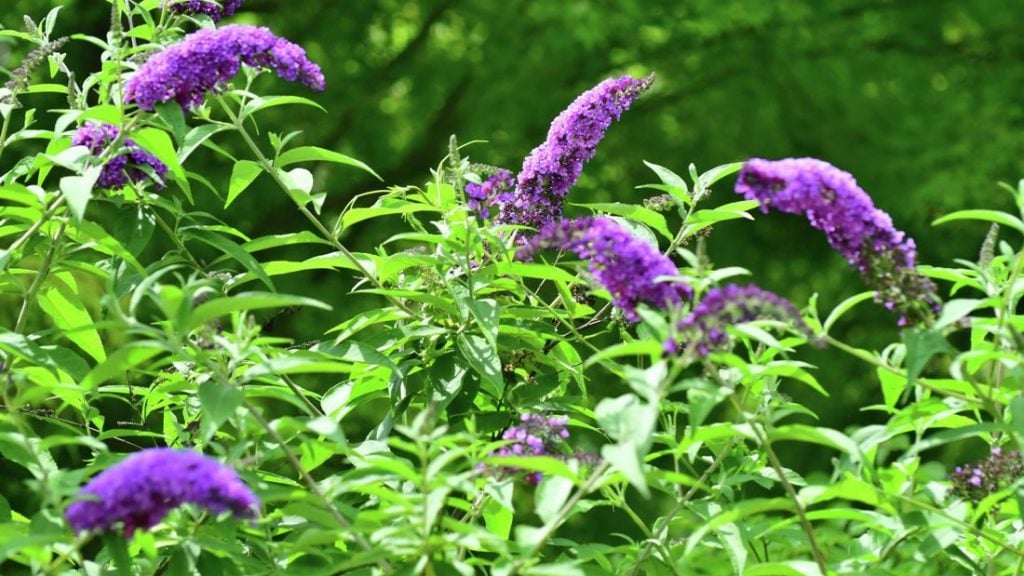
To successfully grow your buddleia cuttings, it’s important to provide them with the right amount of light and humidity. Find a suitable location for your pot, whether near a window or outdoors in a shaded area. While indirect or filtered sunlight is ideal, direct morning sunlight is also acceptable. To create the perfect environment for germination, insert three canes around the edges of the pot and cover it with a polythene bag. Make sure to hydrate the cuttings every morning to keep the soil damp, and remove the polythene bag on alternate days for ventilation. Don’t be alarmed if your cuttings start to blend as long as they are not shrivelling up. By following these simple steps, your Buddleia cutting will be on its way to thriving.
In around 4 weeks, the cuttings will start to develop roots. However, make sure not to make any alterations till the leaves start developing on the cutting. When you notice a few little leaves appear, it’s time to remove them from the plastic bag. First, reduce the volume of water you use for watering. After that, reduce the frequency of watering gradually. After approximately six weeks, the plant can be potted into a suitable container. The size of buddleia increases considerably with time. So while potting one, use a container that the plant won’t outgrow quickly.
How to Deal with Buddleia Problems
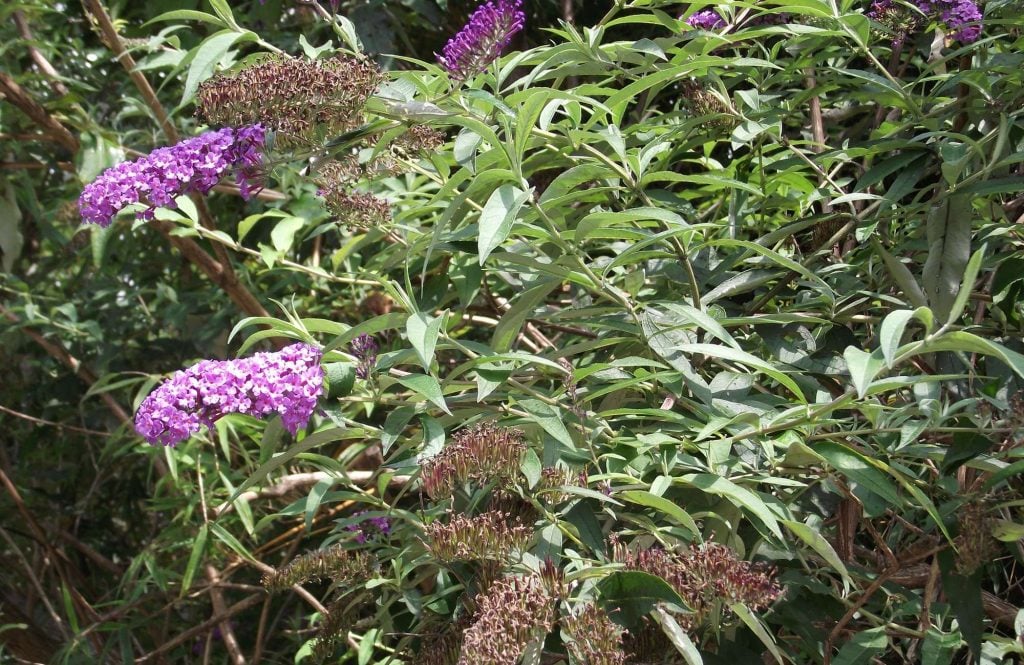
Buddleias are generally easy to take care of and relatively problem free. However, it is important to be aware of the risks of late frosts on less hardy species. In cold, waterlogged conditions, even the hardy buddleia can struggle to survive as the roots may rot in the wet soil over winter. To prevent this, consider planting near a sheltered house wall or in a raised bed, which can lift the roots out of the water. They are generally low maintenance. But they can be vulnerable to attacks done by pests such as aphids, caterpillars, or capsid bugs. If you notice an infestation, there are several options to control it. You can make use of pheromone traps or spray pesticides or introduce ladybugs to manage the problem. Ladybugs can be effective if the infection is small. At the same time, pesticides should be used if the outbreak is larger. If you want to refrain from the use of pesticides, a solution of water and soap can also be an effective alternative.
To maintain their health, you can hard prune them in early spring. This will promote new growth and also make the plant took clean. Finally, it is important to be aware that butterfly bush can be considered an invasive species. This is because it has the potential to crowd the growth of other plants if left unnoticed. So it is crucial to ensure that your buddleia plant grows without bothering neighbouring plants.
Summing Up
All in all, growing buddleias from cuttings can be a very rewarding experience for any gardener. With their beautiful and fragrant flowers, easy maintenance, and ability to attract butterflies, they can be a wonderful addition to your garden. Not just that, but propagating from cuttings is a cost-effective way to expand your garden, as well as preserve unique varieties that might not be available commercially.
In addition to their aesthetic value, buddleia can restore the ecological cycle of your gardens. They are a vital source of nectar for butterflies and other pollinators, which further supports the wider ecosystem. With concerns over declining insect populations, growing buddleia can be a small but meaningful way to make a positive impact.
So if you are looking for a beautiful, easy-to-grow plant that provides multiple benefits for you and the environment, consider growing Buddleia from cuttings!

